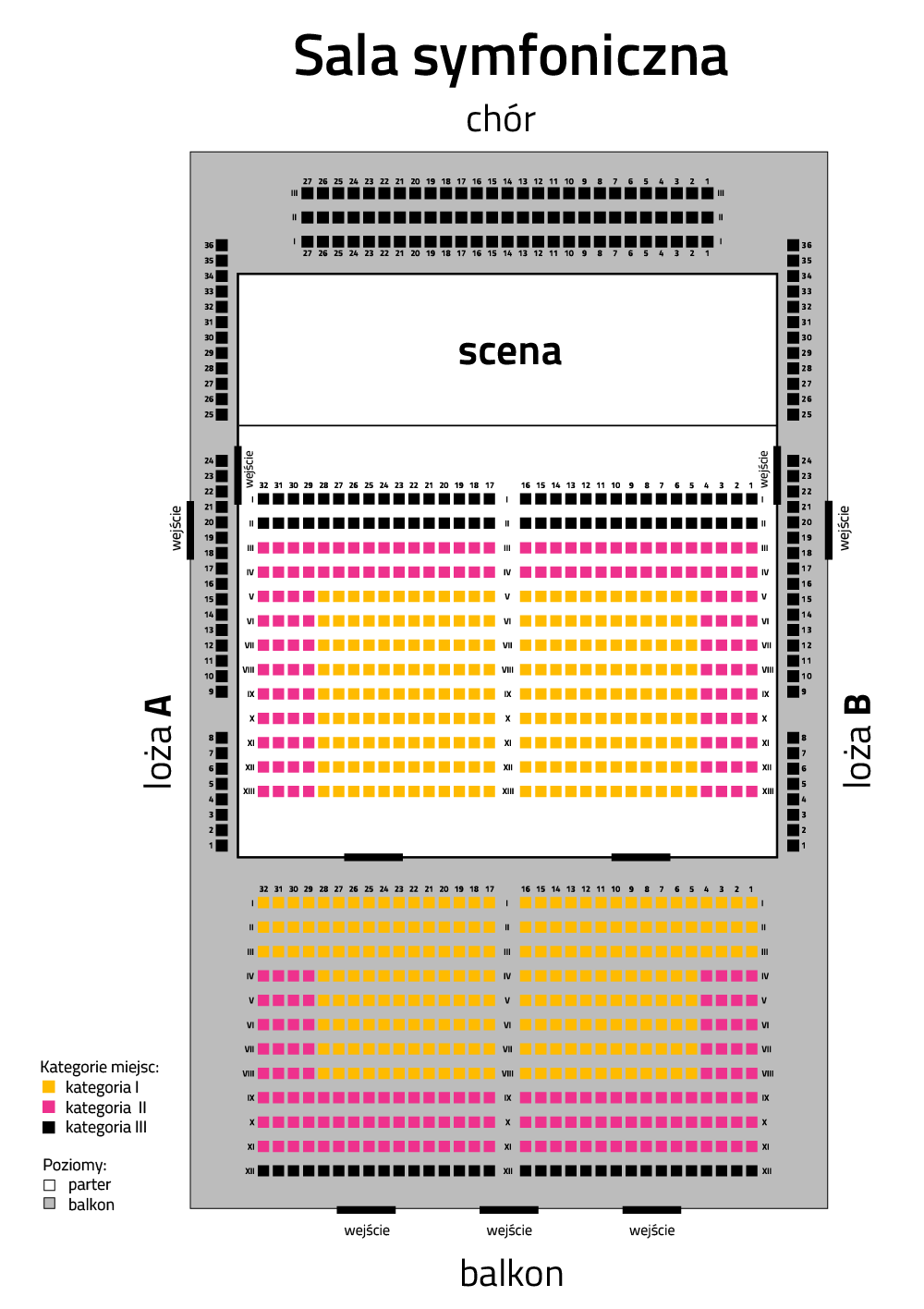"Wieniawski is a woman" – so welcomes Veriko Tchumburidze, the newspaper dedicated to the International Henryk Wieniawski Violin Competition, after she was known to have won in the world's oldest violin competitions. Although the audience and the critics did not always agree on the interpretation of the artist from Georgia, the final left no doubt, provoking even ecstatic state among the audience present in the auditorium of the University of Adam Mickiewicz in Poznań.
Even skeptics admitted that "Veriko Tchumburidze is a pure stage animal, wild, unstoppable and feeling perfect on stage" ("Smashing against the wall of ambiguity", A.O. Gibowski,
wieniawski.pl). Veriko Tchumburidia's triumphant march through the world’s stages (from Australia through China, to Portugal) has been going on for a year. In Szczecin, we will hear the virtuoso in a very demanding piece (Ms. Veriko did not rest on her laurels!). Max Bruch's "Scottish Fantasy" stands for deep lyricism and a great deal of virtuosity, and such a combination requires great maturity. Scottish folk experts will also recognize traditional melodies from this region of Great Britain, including "Auld Rob Morris," "Through the Wood Laddie," and "The Dusty Miller."
Also the Hebrides overture (‘Fingal’s Cave’) Op. 26. by Felix Mendelssohn refers to the atmosphere of the northern islands. As noted by the editors of the "Concert Guide": "the romantic songs of Osjan, their fantasy, the world of heroic characters and mysterious events revive in overture music." The evening will end with Robert Schumann's Symphony no. 3 ‘Rheinisch’, which is chronologically his last (the fourth had been created earlier, it was simply numbered this way). It is one of Schumann's most cheerful compositions. Perhaps it is related to the happy stay of Robert and Clara in Düsseldorf. The author was then graced with honors, words of appreciation came from everywhere. In music we find this expression in the melodies of the so-called Rheinländlers, or folk dances from Rhineland. Five parts are not a properly compact symphony cycle, but a combination of free musical images. We know from documents that before the creation of the piece, Schumann and Clara had been to Rhineland by ship. Time flowed for them carelessly, and it can not be ruled out that the composer reflected this in the score sheets, what he and Clara admired for example while sailing on the Rhine. The first part is maintained in a joyful atmosphere, which is heard in the lyrical theme of the violin. Then the light Ländler, next the music takes us into a slightly sentimental land (part III).
In the serious "Adagio" solemn phrases will sound – from the notes by the composer we know that it is a memory of the Cologne Cathedral (reportedly Schumann attended some ceremony there). In the last part the fast pace and cheerful mood of the beginning returns. It is hard to believe that the inspiration for the composer was the river, where, in a time of despair and crisis, he would throw himself in three years later, in 1854. Fortunately, some rowers saw him from their boat and rescued him.



